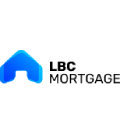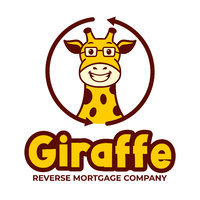There are generally two reasons for refinancing your home. You either refinance to change your mortgage’s rates and terms, or liquidate home equity to improve your finances. As a result, lenders have developed diverse types of mortgage refinancing products to meet different needs. Here are the four most common types of mortgage refinancing:
1. RATE-AND-TERM REFINANCE
Rate-and-term refinancing allows you to change either the loan’s interest rate, the length of the mortgage, or both. This refinancing option can help you save money by lowering your monthly payments or reducing the total cost of the loan. You take out a conventional loan or apply for government-insured programs to replace your current mortgage.
2. CASH-OUT REFINANCE
Cash-out refinance is a reverse mortgage loan that allows you to liquidate some of the equity in your home. The funds you get from refinancing your home can be used to supplement retirement income and provide money for goals or emergencies. Standard Lenders offers a Flexible Payment Program that enables you to pay when and how much without any penalties.
3. DEBT-CONSOLIDATION REFINANCE
Another popular type of traditional refinancing, debt consolidation loans allow you to take out cash from your home equity to pay off non-mortgage debt. Personal loan and credit card debt have much higher interest rates than mortgages. Consolidating all your debt into one low-interest mortgage helps you save money by reducing your overall payments.
4. STREAMLINE REFINANCE
Streamline refinancing helps borrowers refinance their home with less time and hassle. Refinancing your home with this mortgage can only happen with your existing lender. Since your lender has all the needed information, you can get a new loan without credit checks and property appraisal. This mortgage option is available for conventional, VA, and FHA loans.




















